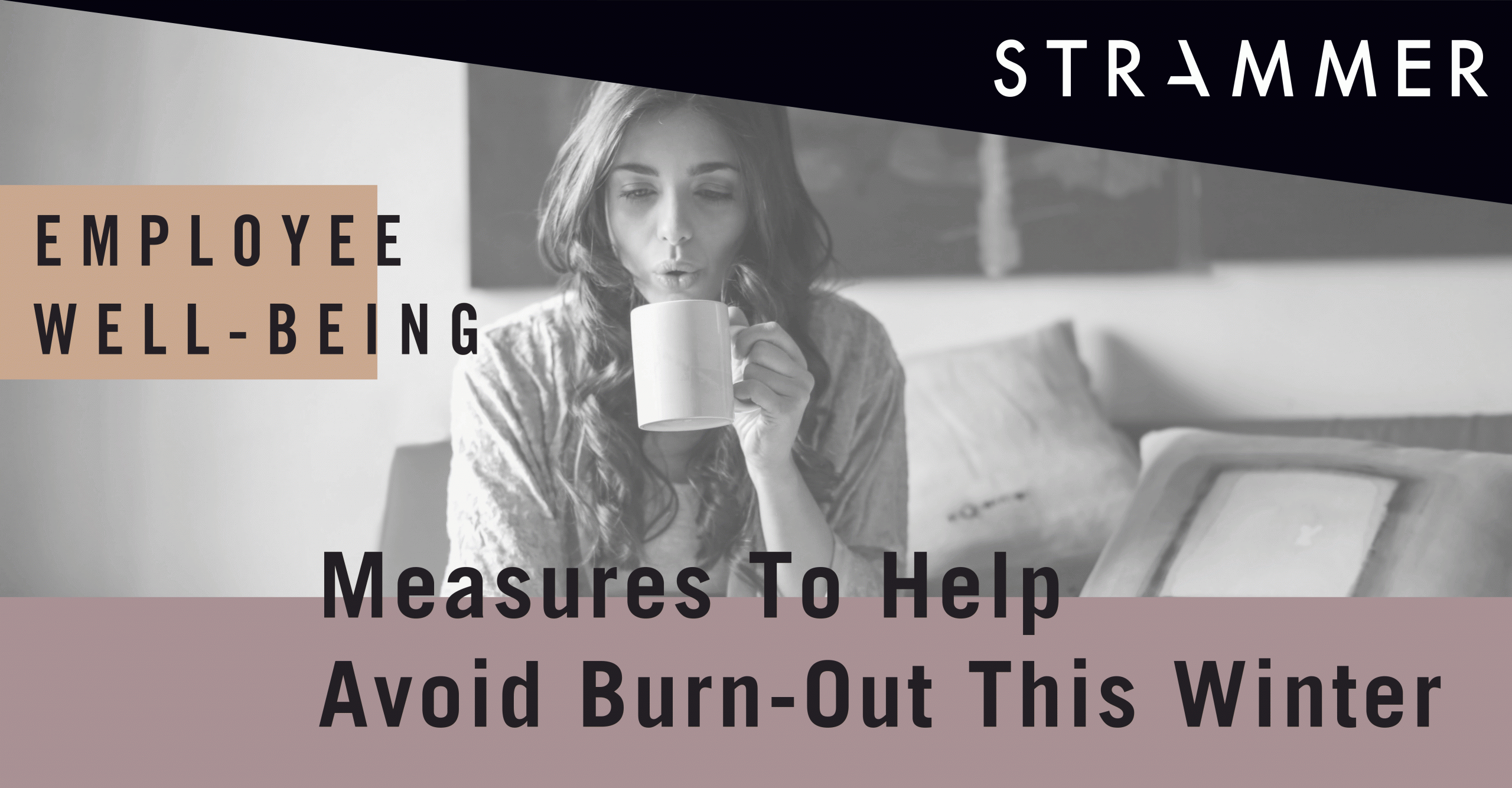Avoiding Winter Burn-Out
Research shows that the pandemic has played a major role in employee burn-out cases this year. Specifically, a survey from FlexJobs and Mental Health America (MHA) found that 75% of U.S. workers surveyed had suffered burnout, and 40% of those said it was a direct result of the Covid-19 crisis.
The World Heath Organisation classifies burnout as “a syndrome resulting from chronic workplace stress that has not been successfully managed.” It therefore develops because of accumulated stress over a long period of time.
Currently, in many European countries, we are seeing the reimposition of stronger restrictions and stay-home orders. Considering the proven relationship between pandemic-related stressors and work burnout, organisations should put in place measures for prevention and management now.
As an essential starting point, employers should train managers and workers on the symptoms and effects of burn-out. This will increase the chances of identifying – and thus being able to address – problems early on.
Once there is organisation-wide understanding of burn-out, managers should put emphasise on the importance of employees speaking to their managers/the HR officer if they are experiencing stress. Managers should respond with empathy and assess the most appropriate form of support for the employee based on their specific situation, such as workload adjustments or referrals to other support services.
Employers should be mindful of common causes of stressors and how they can mitigate them. For one, workers will likely have different home situations and environments, which can vary significantly due to demographic factors. Some remote workers will not have a suitable environment to work in at home, which could make it more difficult for them to work and potentially affect their productivity and motivation negatively. For these workers, employers can help by equipping them with necessary office furniture and technology.
Balancing work and childcare responsibilities can be another key cause of burn-out, and it is well-documented that working parents are under increased pressure in lockdowns. In these cases, employers should show understanding and agree on realistic deadlines.
However, burn-out can be related not only to work pressures, but also to isolation, which may be more likely to occur with remote work. The Institute For Employment Studies’ Working at Home Wellbeing Survey – which was conducted in the UK at the start of the first lockdown – found 1/3 of respondents felt lonely frequently. And psychology shows that loneliness can worsen cases of burn-out, because it reduces an individual’s resilience. To help prevent possible feelings of social isolation, remote teams can use digital tools like video conferencing to keep in touch with one another socially and maintain team bonds.
Finally, employers should look out for signs of over-working among employees, as this can throw off a healthy work-life balance. A report from the International Labour Organisation notes that remote workers generally work longer hours than their office-working counterparts, due to factors like a lack of division between work and home life, and doing work tasks in the time that would have been spent commuting. Managers must impress to their teams the importance of switching off at the end of the day and not working beyond their hours. Ultimately, educating the workforce and taking action early will be the key to reducing the chances of burn-out in the coming months.
References:
- Burnout symptoms increase for 24% of UK employees in 2020, October 2020, HR News.
- HRE’s Number of the Day: employee burnout, July 2020, HR Executive.





